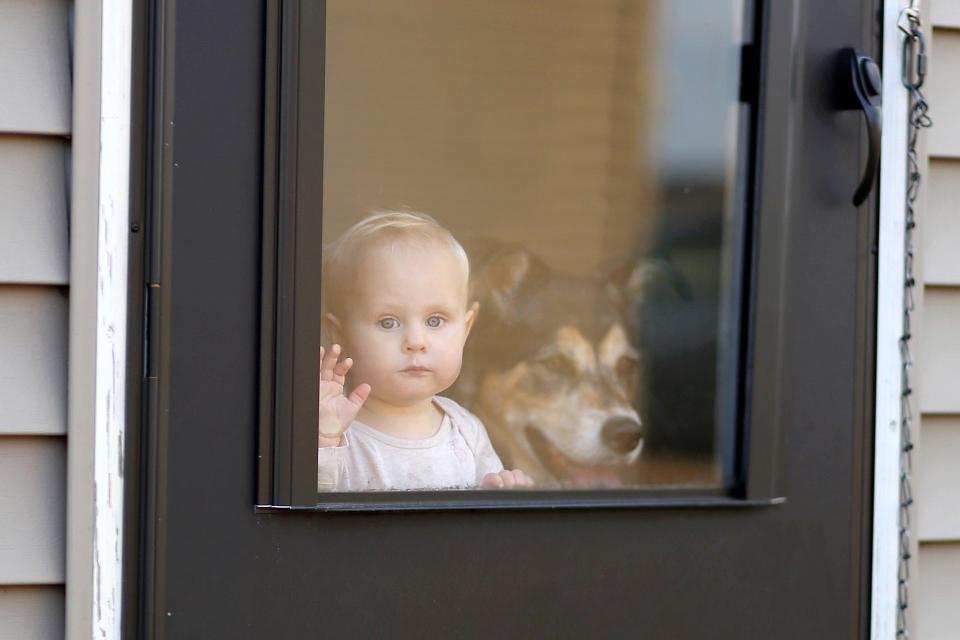Report shows abysmal rankings for child well-being in Oklahoma
A national report on the well-being of children shows Oklahoma fell in the rankings of nearly every category measured.
According to the latest Kids Count annual report, Oklahoma has fallen six spots since 2022, and now ranks 46th in measures of economics, education, health, family and community.
The report published by the Annie E. Casey Foundation examines a wide range of indicators, like the number of children in poverty, reading proficiency, low birth weight and teen births. Those 16 indicators of child well-being are derived from federal government statistical agencies and reflect the best available state and national data for tracking yearly changes, the foundation said.
Oklahoma 2023 rankings for the well-being of children
Here are Oklahoma's 2023 rankings. The state's prior-year rankings are in parentheses:
Overall well-being: 46 (40)
Economics: 38 (32)
Education: 49 (45)
Health: 37 (42)
Family and Community: 43 (41)
The Oklahoma Policy Institute is the local Kids Count affiliate for the Annie E. Casey Foundation, and reported that the only indicator where Oklahoma ranked in the top half of states was its percentage of children living in households that spend more than 30% of their income on housing. The institute noted, however, that housing cost continues to be a problem that affects 1 in 4 Oklahoma families, a share that is likely to increase with the current housing and rental market.
More: Shootings, lockdowns, anxiety: Here's what kids say about mental health, helping each other

“Oklahoma’s poor across-the-board rankings for child well-being show our state has urgent needs for consistent, sustained investments in programs and services that position our children for better futures,” said Shiloh Kantz, executive director for the Oklahoma Policy Institute.
The only improvement in rankings was in metrics that measure children's health. The institute linked that improvement with Oklahoma's Medicaid expansion, which over the past year helped contribute to lowering the number of children without health insurance from 9% of the population to 7%.
"This clearly shows that when you make investments in public programs and services, good things are far more likely to happen," Kantz said.
According to the data, however, 75,000 children in Oklahoma still don't have health insurance.
Affordable child care a factor for Oklahoma families
The report also highlighted the struggles that occur when parents face a lack of child care, with 12% of Oklahoma children in families that experienced job changes because of child care problems. That statistic is slightly below the national average.
The cost of sending a kid to a day care center in Oklahoma eats up 30% of a single mother's income and 9% of income in a two-parent household, the report states.
“A good child care system is essential for kids to thrive and our economy to prosper. But our current approach fails kids, parents, and child care workers by every measure,” said Lisa Hamilton, president and CEO of the Annie E. Casey Foundation. “Without safe child care they can afford and get to, working parents face impossible choices, affecting not only their families, but their employers as well.”
This article originally appeared on Oklahoman: Oklahoma ranks 49th in education for child well-being, 46th overall

